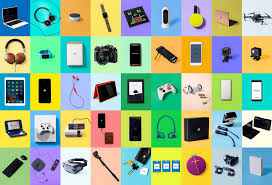Older adults can save tens of thousands of dollars annually by choosing assisted living communities over aging in place in their homes.
Unlike point solutions, Inspiren unifies resident safety, care planning, staffing, and emergency response into a single AI-powered platform.
An artificial intelligence-powered virtual assistant platform for senior living and care providers.

 Warning -- this is not a blog post about what to give. There are plenty of click-bait websites, like
Warning -- this is not a blog post about what to give. There are plenty of click-bait websites, like